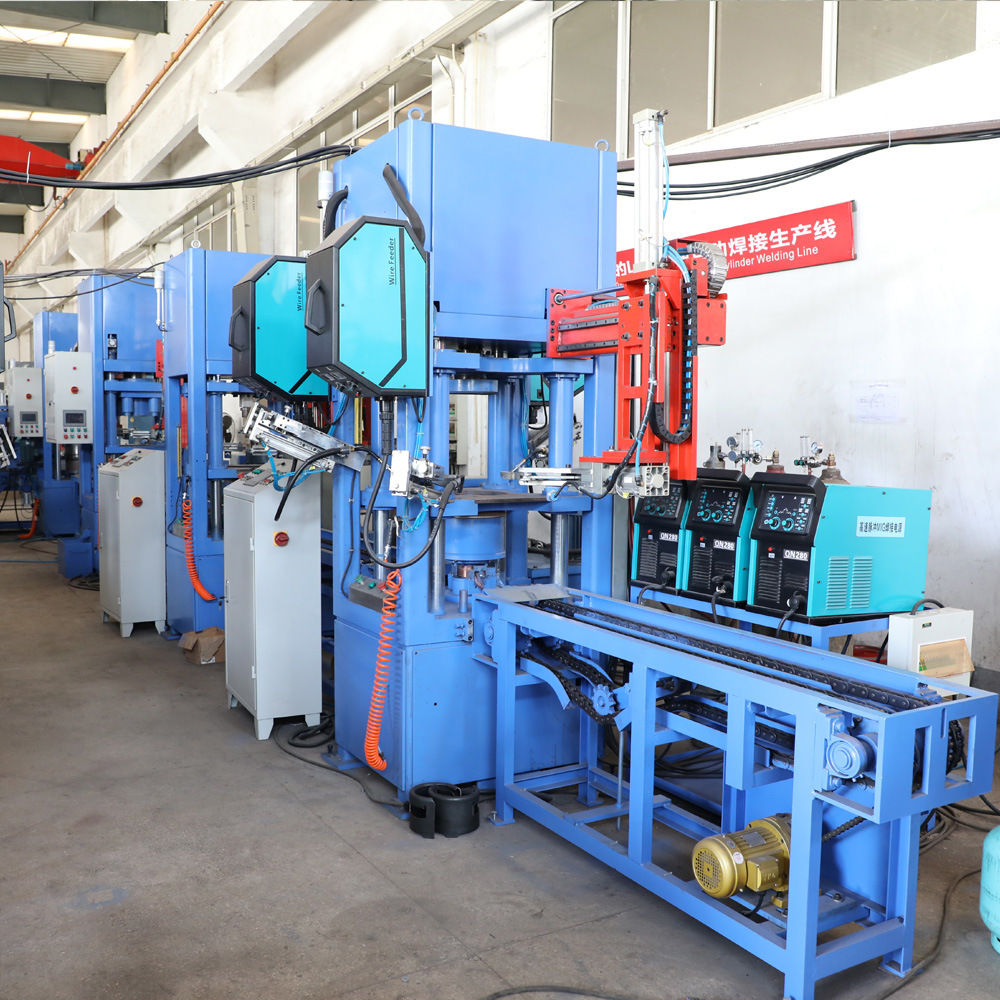Introduction:
Welding, a fundamental process in the fabrication and construction industries, plays a pivotal role in joining materials to create sturdy and durable structures. Welding equipment, ranging from traditional welding machines to advanced robotic systems, finds widespread applications across diverse industries. This article explores the versatile applications of welding equipment and its significance in various sectors.
1 Construction Industry:
Welding equipment is extensively utilized in the construction industry for the fabrication of structural components. From the assembly of steel frames to the welding of reinforced structures, welders play a crucial role in ensuring the integrity and strength of buildings and infrastructure.
2 Automotive Manufacturing:
In the automotive sector, welding is indispensable for the assembly of vehicle components. Automated welding robots are commonly employed to enhance precision and efficiency in welding chassis, body parts, and other critical components. The use of advanced welding technologies contributes to the production of lightweight and fuel-efficient vehicles.
3 Aerospace Engineering:
Precision and reliability are paramount in aerospace applications, and welding plays a vital role in the manufacturing of aircraft components. Specialized welding techniques, such as electron beam welding and laser welding, are employed to achieve high-strength joints with minimal distortion. These advancements ensure the safety and performance of aerospace structures.
4 Shipbuilding:
Welding is a cornerstone in shipbuilding, where large and intricate structures need to withstand harsh marine conditions. Shipbuilders use various welding processes, including submerged arc welding and gas metal arc welding, to join steel plates and create watertight and durable vessels.
5 Oil and Gas Industry:
In the oil and gas sector, welding equipment is utilized for the fabrication of pipelines, storage tanks, and other critical infrastructure. Welded joints must withstand extreme temperatures, pressure, and corrosive environments. Specialized welding techniques, such as orbital welding, are employed to ensure the integrity of oil and gas installations.
6 Power Generation:
Welding is essential in the manufacturing and maintenance of power generation facilities, including nuclear, thermal, and renewable energy plants. Welded joints are critical in supporting heavy machinery, constructing pressure vessels, and ensuring the efficiency and safety of power generation processes.
7 Infrastructure Maintenance and Repair:
Welding equipment is also crucial for maintenance and repair activities in various industries. Whether repairing a damaged bridge, reinforcing a pipeline, or fixing industrial machinery, welding plays a key role in extending the lifespan of infrastructure.
Conclusion:
Welding equipment is a cornerstone of modern industrial processes, contributing significantly to the construction, manufacturing, and maintenance of critical infrastructure. The continuous advancements in welding technologies, including automation and precision techniques, underscore the importance of this field in ensuring the structural integrity and reliability of diverse applications across industries.


